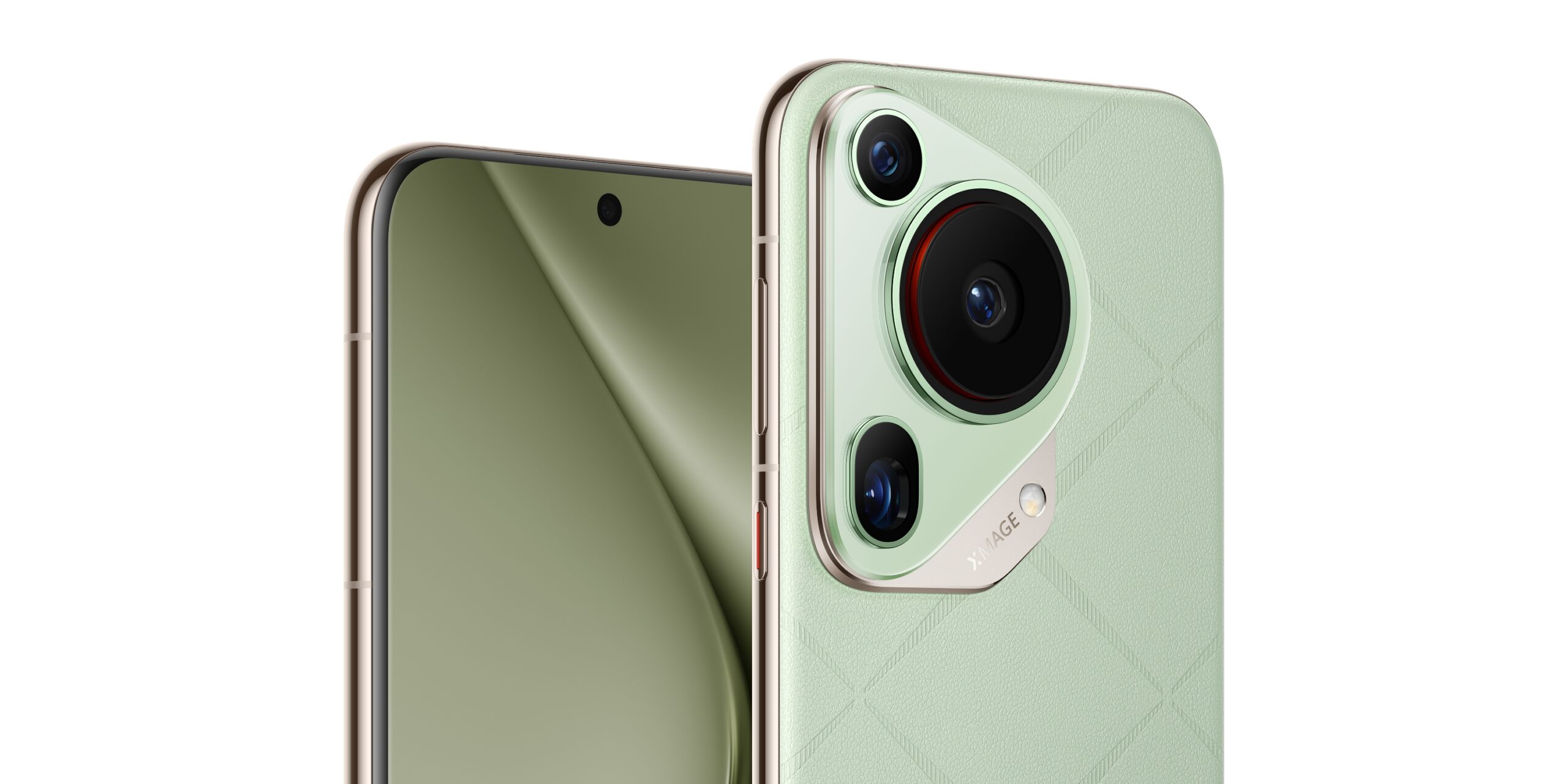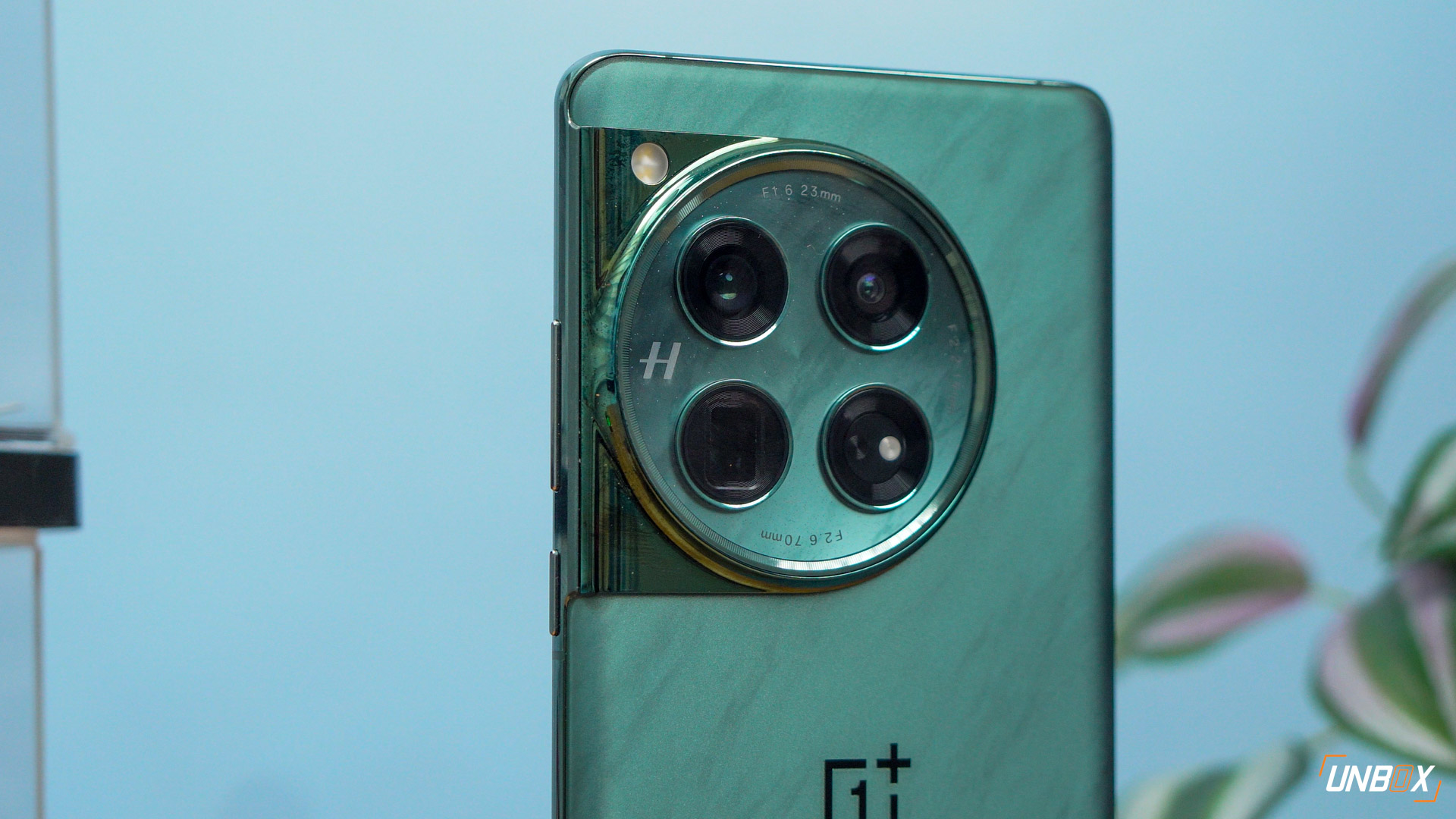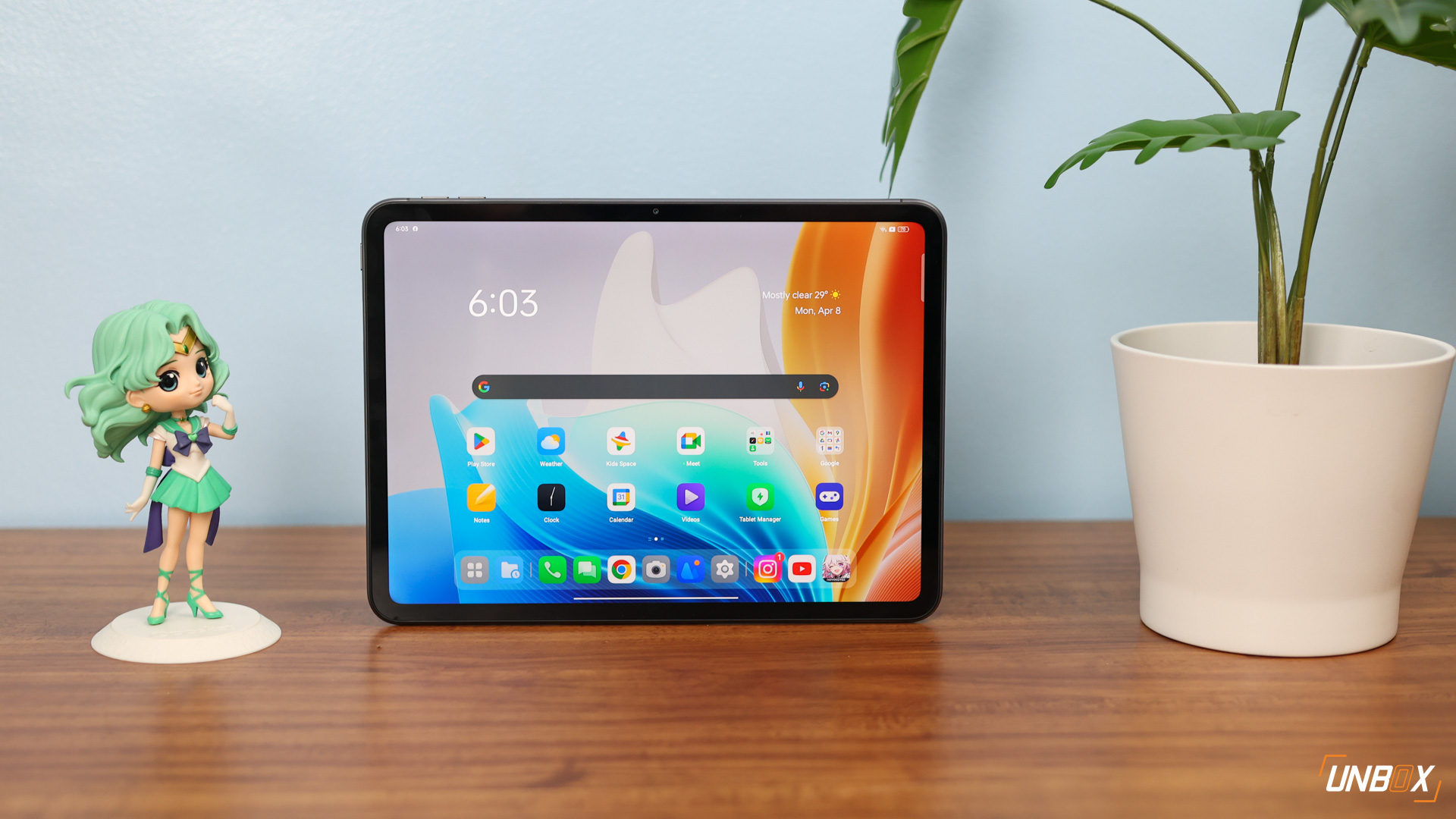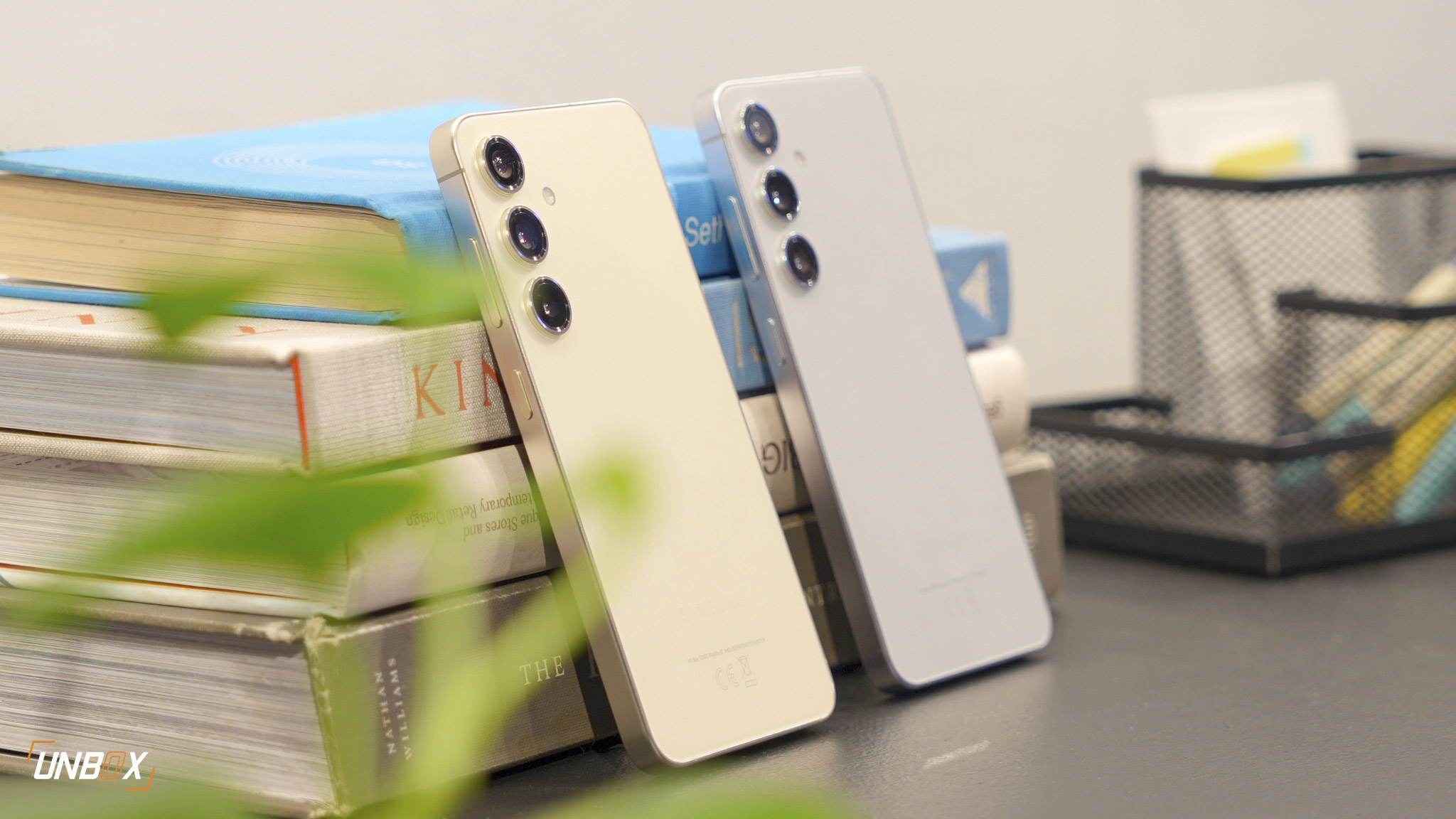It’s not all about the number of cores according to Qualcomm
We got to sit down and talk with Mantosh Malhotra, country head for Qualcomm Philippines the other day to talk about various things including their chips and plans for the future. As you know, Qualcomm has a big presence in the Philippines because of the phenomenal growth of smartphones in our country, and is in a tight race with low-cost chipmaker MediaTek. But the innovative chip maker is hitting roadblocks in the Philippines as far as consumers’ perception of performance, core count and price is concerned, as many perceive that Qualcomm’s dual and quad-core solutions don’t necessarily merit the high price tags that they command.
We asked Mantosh about this during our sit-down and asked them how they would combat the concerns of some manufacturers that say it’s difficult to sell hi-end, dual-core equipped devices with premium processors and SOCs compared to the offerings of their competitors, namely MediaTek. In his view, it’s an uphill battle, but it all begins with changing how consumers think about cores and performance. “In my opinion, it does not necessarily mean that 4 cores is better than 2,” Mantosh says. “What we need to do is educate the consumers with a more holistic approach. It’s not just the processor -remember that the processor only takes up 13% of the SOC. What’s the quality of the display? What’s the quality of the modem? How good is the modem? The modem is the most understated part of the SOC, as it dictates the quality of the voice and the data,” he adds.
“If you don’t have a good modem, it doesn’t matter how good your processor is – the bits and bytes of data are not coming in an efficient pace,” he adds.
The answer he believes, is an approach that Qualcom dubbed Smartphone “It’s difficult to make consumers understand, but we believe that the best way is to let them test the products themselves,” says Mantosh. “We call it Smartphone 2.0. Smartphone 1.0 was specs based – here’s my screen size, my processor speed, my camera, my memory. Smartphone 2.0 has to be experience based – my battery lasts x amount of hours, things like that,” he says. “We have done certain things to improve not just the CPU and processor side of things – for example, we have an app called Battery Guru which only runs on Qualcomm chips, which learns from user’s behavior and optimizes battery usage. Aside from the battery side, we’ve also done work on the network side. You can have the same phone drain its battery faster on a bad network. Conversely, a phone’s battery will also drain slower on a good network,” he adds.
We were also surprised to learn that Qualcomm takes an active role in the development and testing of smartphones by local brands that carry their chips. According to Mantosh, Qualcomm offers their services (with no cost to the local brand) and conducts technical tests with the device, which include radio performance, battery, etc. If the smartphone passes their rigorous tests, Qualcomm allows a local brand to use the Snapdragon logo on their boxes. They also give valuable feedback about the device’s performance to the manufacturer, which gives them a heads up on potential issues before the devices are released. The first ever local brand with LTE, the Cherry Mobile W900 LTE is just many of the smartphones that Qualcomm had a hand in testing.
>>> See also: Cherry Mobile W900 LTE Review
Speaking of LTE, Qualcomm says devices with its Snapdragon LTE chips are on track to be released around the second half of this year. The Snapdragon 410 is the more affordable successor to the Snapdragon 400, the processor inside the Cherry Mobile W900 LTE.
As far as LTE is concerned, Qualcomm isn’t worried about MediaTek’s LTE solutions. Mantosh pointed out that while MediaTek is only in their first generation of LTE, Qualcomm is on their fourth. They’re also confident that their solutions beat their competitors in power management, speed and overall performance.
>>> See also: MediaTek releases Octa-core SOC with LTE
This year is shaping up to be an exciting year in terms of smartphones. Not only will there be an octa-core war, there will definitely be an LTE war as well. In the end, it’s a win-win for consumers.

































































